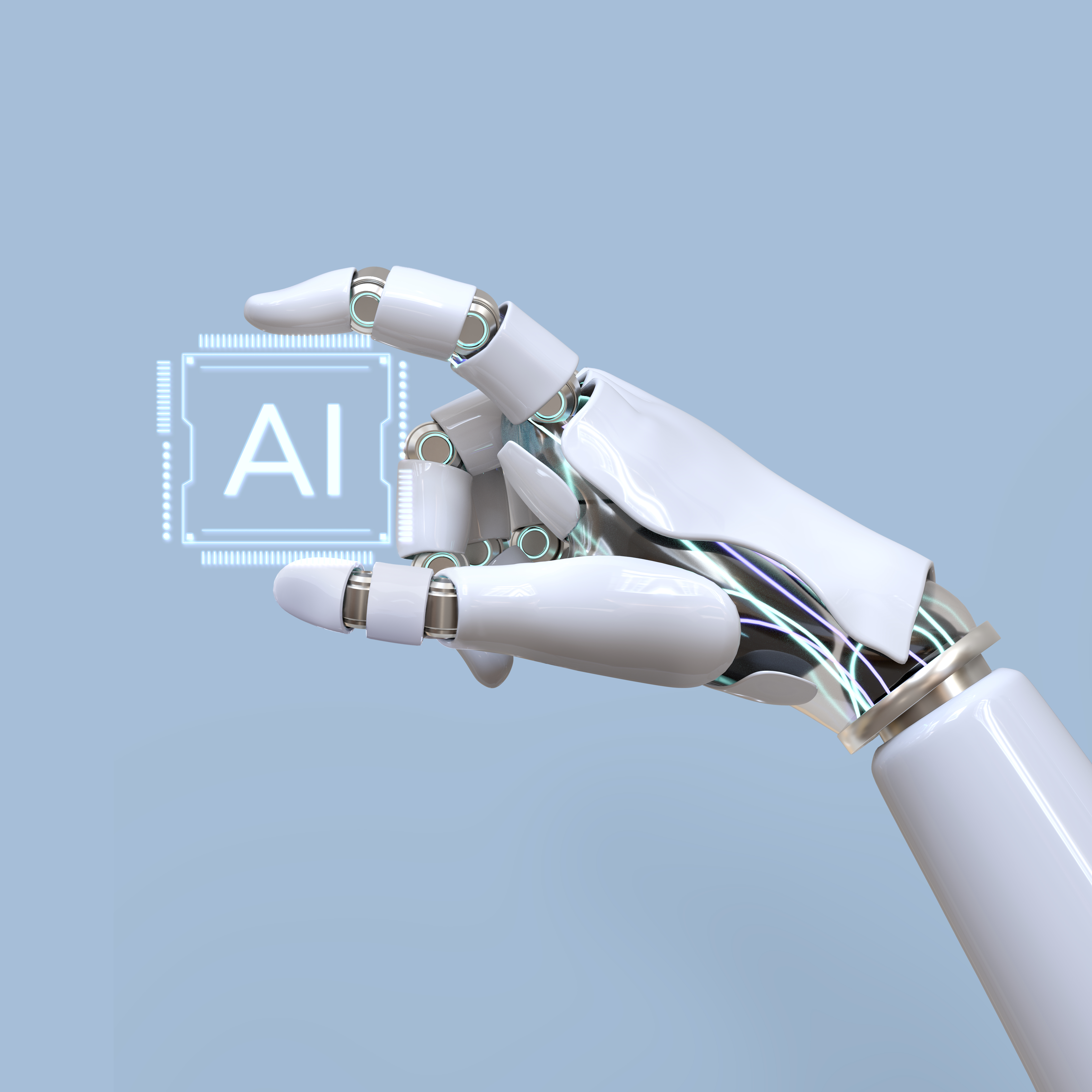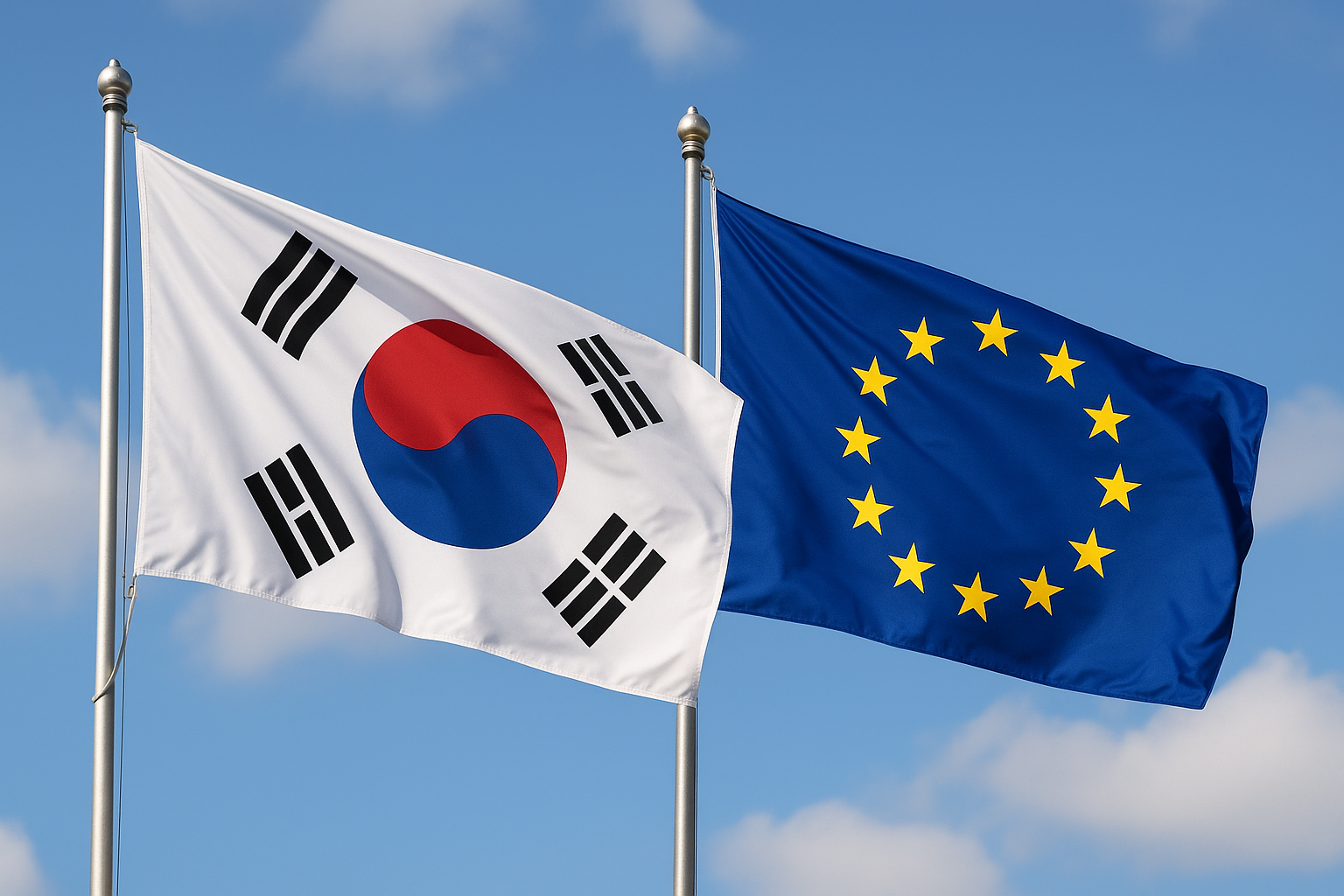On 26 August 2025, following several months of negotiations in New York, the UN General Assembly (UNGA) adopted a resolution (A/RES/79/325) outlining the terms of reference and modalities for the establishment and functioning of two new AI governance mechanisms: an Independent International Scientific Panel on AI and a Global Dialogue on AI Governance. The creation of these mechanisms was formally agreed by UN member states in September 2024, as part of the Global Digital Compact.
The 40-member Scientific Panel has the main task of ‘issuing evidence-based scientific assessments synthesising and analysing existing research related to the opportunities, risks and impacts of AI’, in the form of one annual ‘policy-relevant but non-prescriptive summary report’ to be presented to the Global Dialogue.
The Panel will also ‘provide updates on its work up to twice a year to hear views through an interactive dialogue of the plenary of the General Assembly with the Co-Chairs of the Panel’. The UN Secretary-General is expected to shortly launch an open call for nominations for Panel members; he will then recommend a list of 40 members to be appointed by the General Assembly.
The Global Dialogue on AI Governance, to involve governments and all relevant stakeholders, will function as a platform ‘to discuss international cooperation, share best practices and lessons learned, and to facilitate open, transparent and inclusive discussions on AI governance with a view to enabling AI to contribute to the implementation of the Sustainable Development Goals and to closing the digital divides between and within countries’. It will be convened annually, for up to two days, in the margins of existing relevant UN conferences and meetings, alternating between Geneva and New York. Each meeting will consist of a multistakeholder plenary meeting with a high-level governmental segment, a presentation of the panel’s annual report, and thematic discussions.
The Dialogue will be launched during a high-level multistakeholder informal meeting in the margins of the high-level week of UNGA’s 80th session (starting in September 2025). The Dialogue will then be held in the margins of the International Telecommunication Union AI for Good Global Summit in Geneva, in 2026, and of the multistakeholder forum on science, technology and innovation for the Sustainable Development Goals in New York, in 2027.
The General Assembly also decided that ‘the Co-Chairs of the second Dialogue will hold intergovernmental consultations to agree on common understandings on priority areas for international AI governance, taking into account the summaries of the previous Dialogues and contributions from other stakeholders, as an input to the high-level review of the Global Digital Compact and to further discussions’.
The provision represents the most significant change compared to the previous version of the draft resolution (rev4), which was envisioning intergovernmental negotiations, led by the co-facilitators of the high-level review of the GDC, on a ‘declaration reflecting common understandings on priority areas for international AI governance’. An earlier draft (rev3) was talking about a UNGA resolution on AI governance, which proved to be a contentious point during the negotiations.
To enable the functioning of these mechanisms, the Secretary-General is requested to ‘facilitate, within existing resources and mandates, appropriate Secretariat support for the Panel and the Dialogue by leveraging UN system-wide capacities, including those of the Inter-Agency Working Group on AI’.
States and other stakeholders are encouraged to ‘support the effective functioning of the Panel and Dialogue, including by facilitating the participation of representatives and stakeholders of developing countries by offering travel support, through voluntary contributions that are made public’.
The continuation of the terms of reference of the Panel and the Dialogue may be considered and decided upon by UNGA during the high-level review of the GDC, at UNGA 82.
***
The Digital Watch observatory has followed the negotiations on this resolution and published regular updates:
- A fourth revision (rev4) of the draft UNGA resolution was published on 17 July 2025. Read more.
- A third revision (rev3) of the draft UNGA resolution was published on 24 June 2025. Read more.
- A second revision (rev2) of the draft UNGA resolution was published on 4 June 2025, outlining several changes regarding the Panel and the Dialogue. Read more.
- On 15 May 2025, a revised draft resolution (rev1) was published, outlining new elements (compared to the zero draft) regarding the Panel and the Dialogue. Read more.
- On 19 March 2025, the zero draft resolution was made available, providing details on the composition, functions, and modalities of the Panel and the Dialogue. Read more.
- On 28 February 2025, the co-facilitators, Costa Rica and Spain, issued an Elements Paper based on consultations held so far with member states and other stakeholders. The paper outlines an overview of the proposed scope, functions, and governance arrangements for both the Panel and the Dialogue, and is meant to guide further negotiations.
Would you like to learn more about AI, tech and digital diplomacy? If so, ask our Diplo chatbot!










